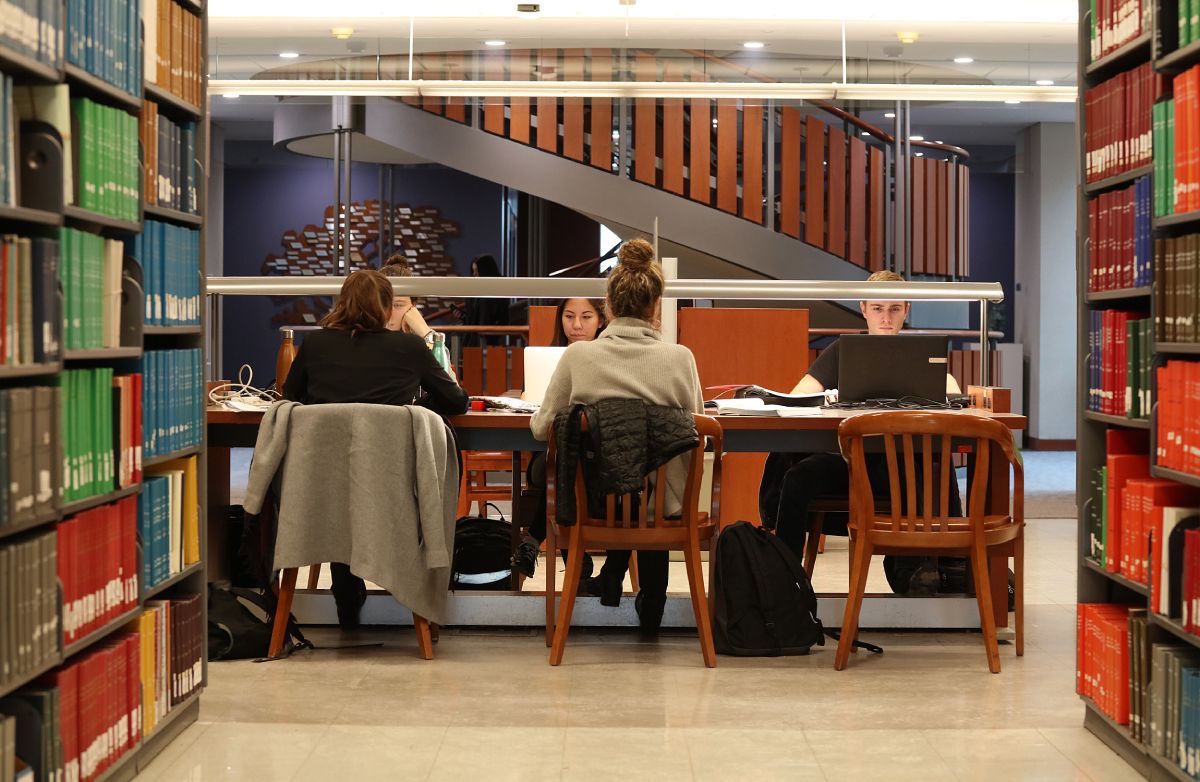On this page:

About the Copyright Advisory Office
Located in Stauffer Library and working closely with Queen's University Legal Counsel, the Copyright Advisory Office is dedicated to educating, supporting, and engaging Queen's faculty, students, researchers, and staff in matters pertaining to copyright, access to knowledge and content, learning, teaching, conducting and disseminating research, and administrative operations.
Copyright Compliance and Administration Policy
Copyright Information for Faculty
Copyright Information for Students
Copyright Information for Researchers
[Department Name] Specialists
Optional description field for further explanation of the heading.
Copyright Guides
Our Copyright Guides provide Queen's faculty, students, researchers, and staff with detailed information and resources to address copyright-related needs.
This guide provides faculty with detailed information and resources to address copyright-related needs.
This guide provides students with detailed information and resources to address copyright-related needs.
This guide provides researchers with detailed information and resources to address copyright-related needs.
This guide provides staff with detailed information and resources to address copyright-related needs.

